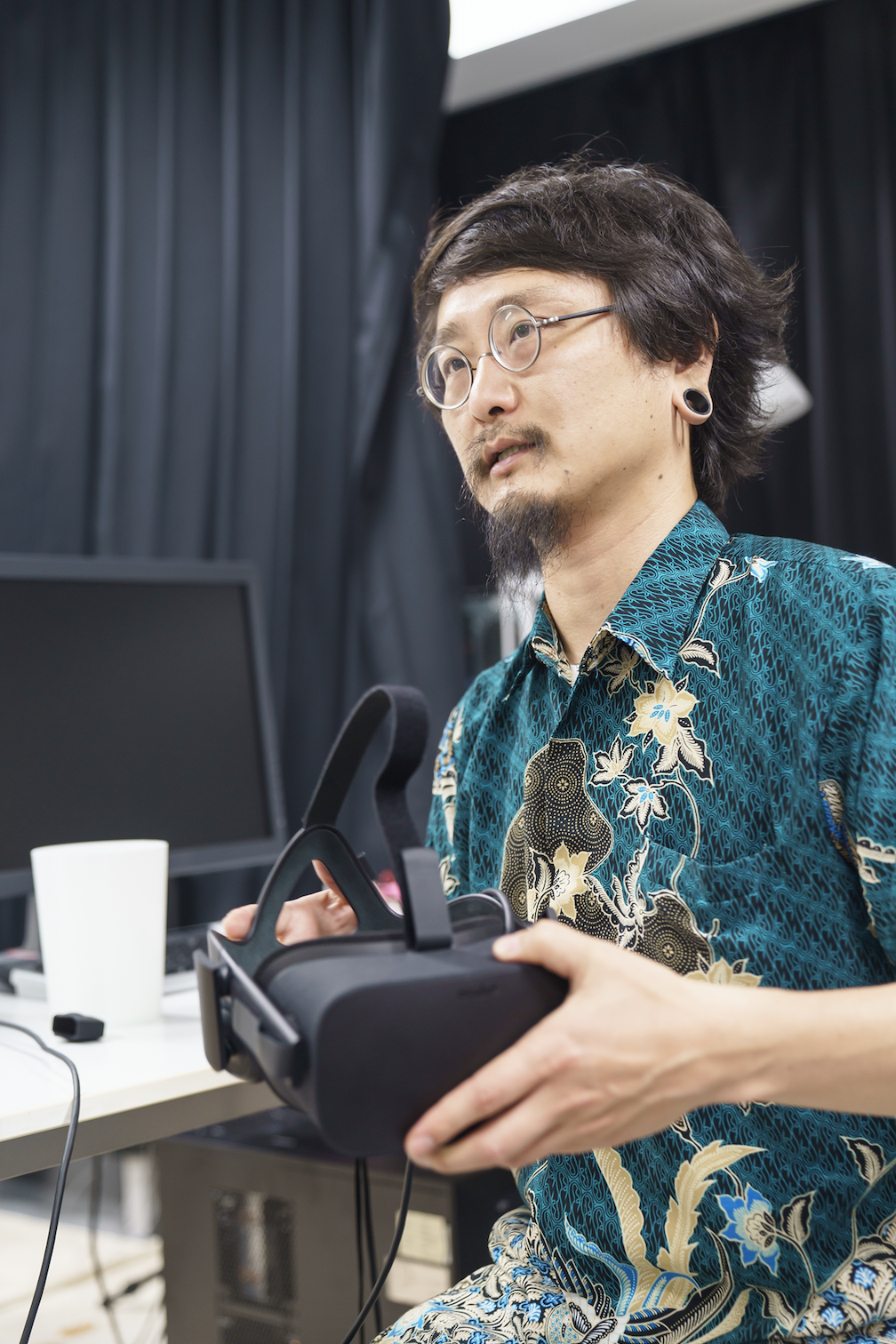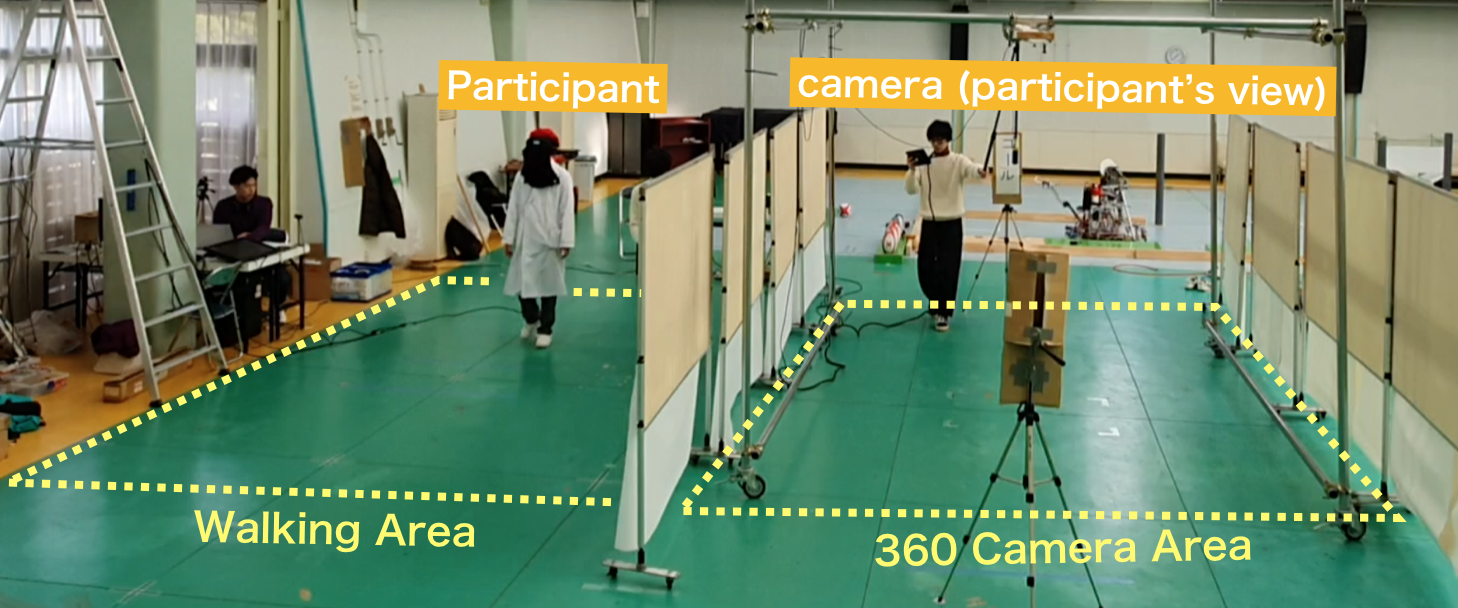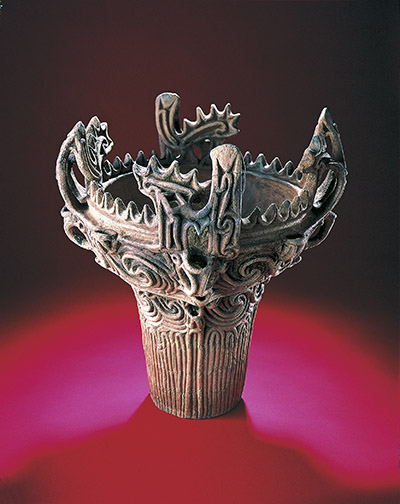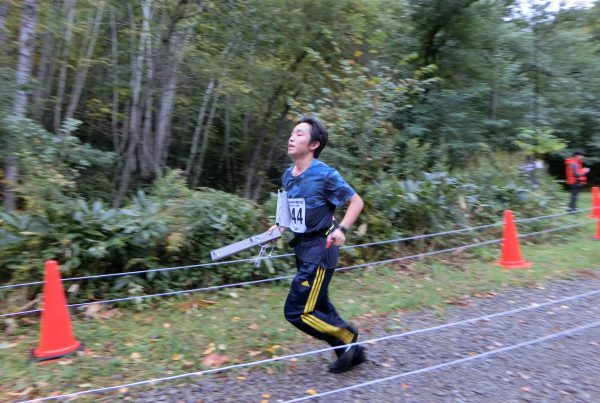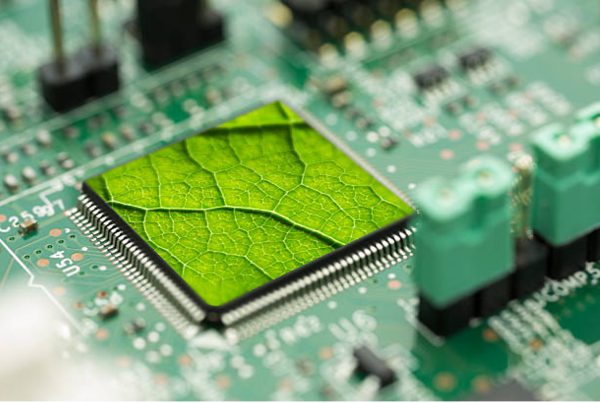In the mind of Yuta Nishiyama, science and philosophy mix and mingle in a sublime and intriguing dance. A cursory look at the list of studies he has published over the years reveals how the professor’s interests frolic and prance from biological systems to computer simulations to human consciousness and cognition. One would probably assume that it would take a certain amount of audacity and extraordinary intellect to converse with or ask for guidance from the professor.
But then one would be very wrong.
At Nagaoka University of Technology, where Prof. Nishiyama is currently Associate Professor of Information and Management Systems Engineering, students describe him as “friendly” and “easy to talk with freely at any moment.”
For those preparing their presentations and theses, he is known for examining the content carefully and giving appropriate advice and guidance.
Prof. Yuta Nishiyama of Nagaoka University of Technology. Source: NUT
Into the unknown
Prof. Nishiyama’s works, to the unfamiliar observer, seem like an amalgam of disconnected or even irrelevant themes.
For instance, he has devoted research on information science, but instead of relying on artificial models, he makes use of data from systems of living organisms, such as animals and humans.
“I do researches on information science of living systems. I’d like to understand and translate a plasticity of animal behaviors (the adaptability of an organism to changes in its environment) and an alteration of human consciousness,” he shares.
Animal behavior figures strongly into his works, particularly into how their collective behavior, in bird flocks, schools of fish, and insect swarms, comes out of local interactions among individuals.
Swarm reconstructed in a computer. Source: Nishiyama Laboratory at NUT
What exactly drives the natural collectives that captivate human attention, he says, is still unclear.
“To understand natural collectives and to recreate a fascinated feeling of encountering them, we investigate real animal swarm and develop computer model inspired by them.”
“One of my studies is about the collective behavior of soldier crabs, living in tidal flats in Ryukyus, Japan. We don’t know how globally united these swarms are that is why I carry out laboratory experiments at the Iriomote station of University of the Ryukyus in Okinawa,” he notes.
What can the collective behavior of these tiny crabs teach us? This is what the laboratory aims to uncover. Source: Nishiyama Laboratory at NUT
Human consciousness and cognition
Meanwhile, apart from animal behavior, he is also astonished by human consciousness and cognition.
Of particular interest to him is bodily self-consciousness.
How does one know, for example, whether one is really in one’s body, or one is an initiator of their own action?
The former is called the sense of ownership, and the latter is the sense of agency.
He explains: “I’m exploring dynamical relationships between them by disturbing body awareness in experimental situations, for example using VR systems.”
”For example, you may have had an out-of-body experience, encountered UFOs, aliens from space, or ghosts. Some people deny the experience, but it is difficult, since to the person, it really feels like the experience is happening.
Prof. Yuta NishiyamaAssociate Professor, Nagaoka University of Technology
What piques Prof. Nishiyama’s curiosity is not so much the existence of paranormal beings, he clarifies, but the human experience involved.
This is also related to his studies on body disownership, an abnormal condition commonly observed in some neurological patients who do not feel particularly connected or responsible for one’s bodily actions.
To study body disownership, Nishiyama creates situations which simulate this feeling in humans.
One tool which he uses in his study is the Invisible Body Walking Experiment. This uses a head-mounted display like Virtual Reality (VR).
He describes this tool as such: “the participant wears this display, looks around, and tries to see their own hand, but they cannot. They can walk, but they cannot see their hands. They no longer have a visible body, just eyes for seeing.”
Participants walk with an invisible body. They walk in walk area and watch the camera area where an experimenter moves a 360-degree camera suspended in the air according to the participant’s movements. How do people feel walking with no body?
Source: Nishiyama Laboratory at NUT
With the experiment, “if you cross a barrier, like a box, table, or chair, you can imagine that you can walk through them. How would that happen?”
“I no longer have my body, but I can go through some objects,” he clarifies, referring to the tool.
“We create a trick wherein you can pass through the barriers. The participant has a 360-degree camera. He is watching the view in front of the barrier, but we can also move the camera over the table. If you walk many times in this situation, maybe you can easily walk anywhere even though there maybe is something under your body,” the professor adds.
The experiment records and measures psychological and physiological responses, such as questionnaire about sense of location and time, heart rates during a walk, and skin conductance responses to threatening stimuli.
The most interesting finding is that people can feel that their body is not their own.
“Sometimes, patients with neurological deficits have such feelings, for example somatoparaphrenia and asomatognosia. Even healthy people can feel a little different in the situation. We reported that when participants wearing a head mounted display (HMD) hid their elbows behind their upper body and moved their hands while watching themselves laterally from the third point of view, they felt as if their hand (on the side of hidden elbows) was not their own.”
In one of the experiments, participants felt as if their hand was not their own. Source: Nishiyama Laboratory at NUT
Even more noteworthy, perhaps, is finding out that the feeling of body disownership is possible even in healthy people, and is quantifiable by physiological responses.
So far, the research is now on its second year, and the results seem promising.
Prof. Nishiyama says the findings could potentially be applied to helping people who are suffering strange bodily feelings.
He relates, for instance, the condition known as body integrity identity disorder (BIID), experienced by those with severe cases of body disownership.
“Basically,” he says, “they feel like they have a body, but for some reason, it is not their body.”
At extreme situations, this disorder can sometimes lead to people cutting off their own limb.
Prof. Nishiyama hopes the system they are developing may serve as therapy for those with the disorder.
“If we can make the situation where people can feel no body, it can make the patient feel like ‘finally, I have no body’ when I thought this is my body, so I don’t need that,” he says.
In his words, science becomes the tool with which one can describe and feel, and ultimately understand what it is like to be a living system.
Professional experience
Understanding the practical applications of Professor Nishiyama’s research initiatives further shed light on his interests.
These passions appear even clearer when one takes a look at his academic background and professional experience.
“I have a master’s degree in geology,” he reveals. “To be honest, I wasn’t interested in studying living things because I had been thinking it must have no answer. By contrast, geology is attractive because it seemed to be clear to see physical substances.”
“Technically, science describes the world from the objective viewpoint. However, just describing doesn’t seem to be enough to understand the living things. Have you met your doppelganger? What about having an out-of-body experience? These strange experiences result from not supernatural but neurological phenomena,” he says.
“We more or less feel a reality in everyday life. I’d like to do science to describe and also to feel. My study will continue to propose new methodology to understand what it’s like to be living thing,” he adds.
He worked also as Postdoctoral Researcher at the Nonlinear Science Laboratory at Kobe University in 2012, Postdoctoral Researcher at the Neurophysiology Lab at Niigata University from 2012 to 2014, Research Associate at e-square Science and Entrepreneurship Laboratory at Osaka University from 2014 to 2017, to his most current position as Associate Professor of Information and Management Systems Engineering at Nagaoka University of Technology (NUT).
Interestingly, his lab at NUT is noted for having no core time. Every member conducts their research in their own ways, at their own homes or elsewhere, according to their lifestyles. Professor Nishiyama helps the students decide on research themes based on the student’s interest and numerous discussions. Once a week, seminars are held.
This laboratory, which was established only in 2017, caters to a relatively small group of students, all working on experimental and theoretical research on establishing an innovative methodology for living phenomena study, for applications on interfaces in an engineering sense, among others.
Given this perspective, Nishiyama’s interests may not seem as esoteric as they appear at first glance.
One might even say they concern the most basic and fundamental questions of what it truly means to be alive.
Future research students
As for the kind of students he is looking forward to meeting at NUT, Nishiyama says: “Anybody, but I’d like them to do the research for themselves. A research is not to learn about what is already known in general but to face the unknown. I’d be happy if they could find their own way of life after graduation through experiences to struggle to deal with the unknown.”
True to form, the professor concludes with a symbolic and poetic note: “Nagaoka is the first place where an ancient flame-shaped pot, 火焔型土器 in Japanese, was excavated; only that is simply called “Flame Pot, 火焔土器” without -shaped, 型.
Flame-shaped pot is one of symbols in the Jomon period. There are various opinions on the origins and uses. I imagine that its attracting shape would have made people at that time meet and talk together around it. Technologies symbolizing the times later create an alternative information flow. Such a place, Nagaoka, seems to inspire me to make the next generation.”
The ancient flame-shaped pot found in Nagaoka. Source: Tokamachi-shi Kankon
Main image by: Evolving Science


